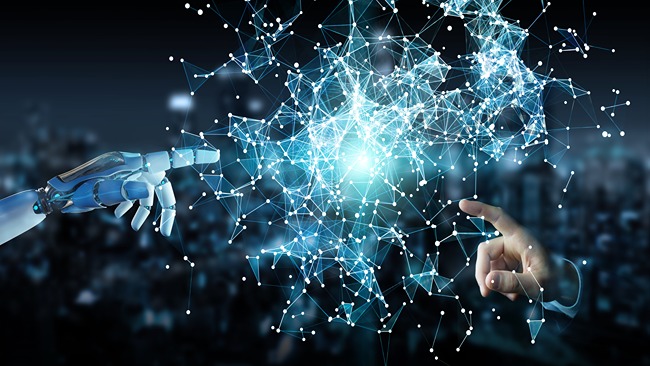Enhancing Global Communication: The Critical Role of Post-Editing in Machine Translation
 Machine Translation (MT) has come a long way in recent years, but it still has its limitations. While MT can save time and provide a rough draft of a text quickly, it is not always accurate and often requires post-editing to improve its quality.
Machine Translation (MT) has come a long way in recent years, but it still has its limitations. While MT can save time and provide a rough draft of a text quickly, it is not always accurate and often requires post-editing to improve its quality.
This blog aims to shed light on the essential process of post-editing in machine translation, emphasizing its critical role in enhancing the quality and reliability of translated content. By exploring the advantages, challenges, and best practices associated with post-editing, readers will gain a comprehensive understanding of how it contributes to effective global communication.
Unlocking the Potential of Machine Translation with Post-Editing
Definition and Scope of Post-Editing in the MT Process
Post-editing is the process of refining machine translation (MT) outputs by human editors to ensure the translated text is accurate, culturally relevant, and contextually appropriate. This involves correcting errors, enhancing readability, and adjusting the tone to suit the target audience. The scope of post-editing can vary from light edits, focusing on major errors, to full post-editing, which aims for a high-quality, publishable output nearly indistinguishable from human translation.
The Synergy between AI Capabilities and Human Expertise
The combination of AI-driven machine translation and human expertise creates a powerful synergy that leverages the strengths of both. While MT provides speed and efficiency, capable of translating vast amounts of text in seconds, it often lacks the ability to fully grasp cultural nuances and contextual subtleties. Human post-editors bridge this gap, applying their understanding of cultural contexts, idiomatic expressions, and specialized terminology. This collaboration ensures translations are not only quick and cost-effective but also accurate and culturally sensitive.
Pros and Cons of Post-Editing Machine Translations
Benefits: Time Efficiency, Cost-Effectiveness, and Scalability
Post-editing machine translations offer significant benefits, including time efficiency, as they shorten the translation process by providing a preliminary text that only needs refining. They’re also cost-effective, reducing the need for full translations from scratch by human translators, and scalable, allowing businesses and organizations to handle larger volumes of content that would be cost-prohibitive with human translation alone.
Challenges and Pitfalls in Post-Editing:
Need for Skilled Editors, Maintaining Consistency, and Understanding Context
However, this process faces challenges such as the need for skilled editors who are not only proficient in the language but also adept at understanding nuances and context. Maintaining consistency in terminology and style across large volumes of content can be difficult. Additionally, fully grasping the context and cultural subtleties in the original text requires a deep understanding that goes beyond linguistic knowledge.
Best Practices for Effective Post-Editing
Guidelines for Post-Editors to Enhance Translation Quality
To ensure high-quality translations, post-editors should follow guidelines such as understanding the purpose and target audience of the text, maintaining the author’s voice and style, and using translation memory and glossaries for consistency. They should also be aware of the cultural nuances and preferences of the target audience, adapting the translation to fit cultural contexts.
Tools and Technologies that Support the Post-Editing Process
Several tools and technologies support the post-editing process, including translation management systems (TMS), which streamline the workflow, and computer-assisted translation (CAT) tools, which provide access to translation memories and glossaries. AI-powered quality assurance tools can also help identify potential errors and inconsistencies, making the post-editor’s job more manageable.
Leveraging Professional Translation Agencies for Superior Post-Editing
While embracing the synergy between AI-driven machine translation and human expertise offers numerous benefits, engaging professional translation agencies elevates this process to new heights. These agencies play a pivotal role in global communication, providing not just post-editing services but a comprehensive suite of translation solutions that address the complexities of language with unmatched precision and cultural sensitivity.
Conclusion
The integration of post-editing in the machine translation workflow is not just an optional step; it is a necessity for overcoming the limitations of current AI technologies in understanding the depth of human languages. By combining the speed and efficiency of machine translation with the nuanced understanding of human editors, we can unlock the full potential of global communication.
Professional translation agencies play a key role in this process. They use the latest technology and the expertise of skilled editors to ensure translations are not only fast but also of high quality and culturally appropriate. As our world becomes more connected, the collaboration between technology and human expertise in translation is becoming increasingly important. This partnership is crucial for overcoming language barriers and helping us understand each other better, no matter where we are in the world.
